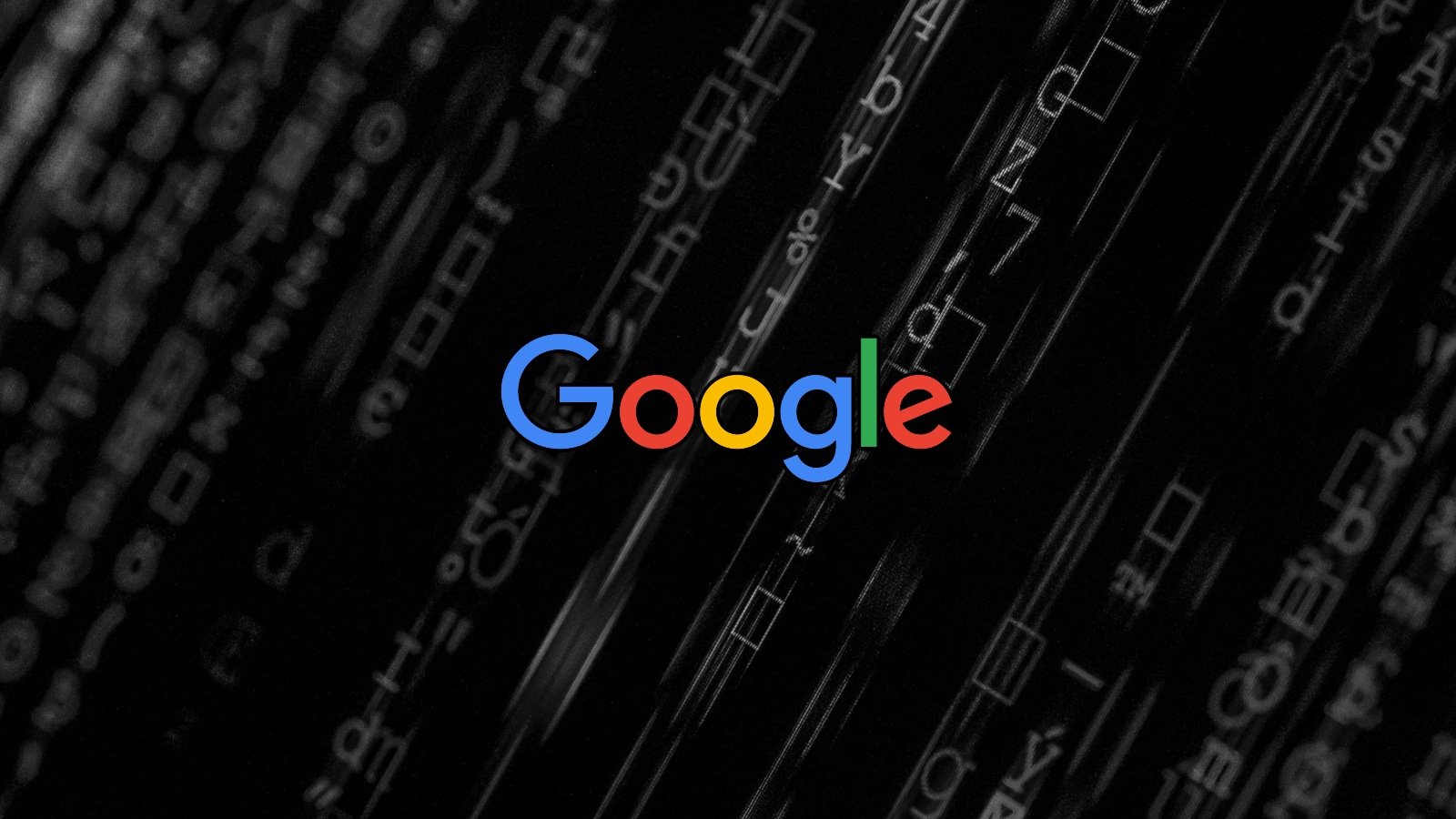Google Cloud has launched a preview of quantum-safe digital signatures within its Cloud Key Management Service (Cloud KMS). This significant enhancement addresses emergent threats posed by quantum computing, aligning with the post-quantum cryptography (PQC) standards set by the National Institute of Standards and Technology (NIST).
The introduction of quantum-safe encryption is particularly pertinent for Google Cloud’s diverse clientele, which includes financial institutions, governmental agencies, and critical infrastructure providers, all of whom require robust solutions to protect sensitive data against sophisticated attacks.
Understanding Quantum-Ready Cloud KMS
Cloud KMS serves as Google Cloud’s comprehensive encryption key management tool. It is specifically designed to securely generate, store, and manage cryptographic keys utilized for data encryption and digital signatures. Historically, customers have relied on traditional cryptographic standards such as RSA (Rivest-Shamir-Adleman) and ECC (Elliptic Curve Cryptography). However, these methods render data vulnerable to potential attacks categorized as "harvest now, decrypt later" (HNDL), where attackers could accumulate encrypted data, only to decrypt it later once quantum computers become operational.
Although functional quantum computers capable of undermining existing cryptographic protocols are not yet realized, the consensus among cybersecurity experts is that ignoring the HNDL threat could yield dire consequences. Recent advancements, such as Microsoft’s breakthrough with its Majorana 1 chip, emphasize the urgency of preparing for a quantum future.
To mitigate these risks, Google is integrating quantum-resistant cryptographic algorithms into both Cloud KMS (software) and Cloud HSM (hardware security modules). This strategic move enables clients to maintain data integrity in an evolving threat landscape.
New Quantum-Safe Algorithms
The quantum-safe digital signatures now available in Cloud KMS utilize two key algorithms:
- ML-DSA-65 (FIPS 204): A lattice-based digital signature algorithm that ensures security even in the presence of quantum adversaries.
- SLH-DSA-SHA2-128S (FIPS 205): A stateless hash-based digital signature algorithm offering a robust alternative for ensuring data authenticity.
In addressing these advancements, Google stated, "Today, we’re excited to announce quantum-safe digital signatures (FIPS 204/FIPS 205) in Google Cloud Key Management Service (Cloud KMS) for software-based keys, available in preview." Google has committed to an overarching post-quantum strategy for its encryption products, including both Cloud KMS and Cloud HSM.
The integration of these PQC algorithms enables users to sign and verify digital signatures seamlessly, mirroring the ease of traditional cryptography while simultaneously enhancing security measures against future quantum threats.
Commitment to Transparency and Security
Google Cloud emphasizes transparency by making the cryptographic implementations available as open-source through the BoringCrypto and Tink libraries. This approach fosters independent security audits and allows for community feedback, which is critical in enhancing the robustness of these new technologies.
Google encourages organizations to begin testing and integrating these quantum-resistant algorithms into their existing deployments. Feedback during this preview stage is invaluable, as it aids in refining the technology and addressing any potential issues, thereby promoting a collective effort towards a secure quantum future.
Conclusion
With the rise of quantum computing, the imperative for advanced security measures has never been more pressing. Google Cloud’s introduction of quantum-safe digital signatures within Cloud KMS not only reflects a commitment to innovation but also serves as a pivotal step in safeguarding sensitive data against advanced cyber threats. As organizations prepare for the inevitable quantum age, adopting these cutting-edge solutions will play a crucial role in ensuring their data remains secure.
